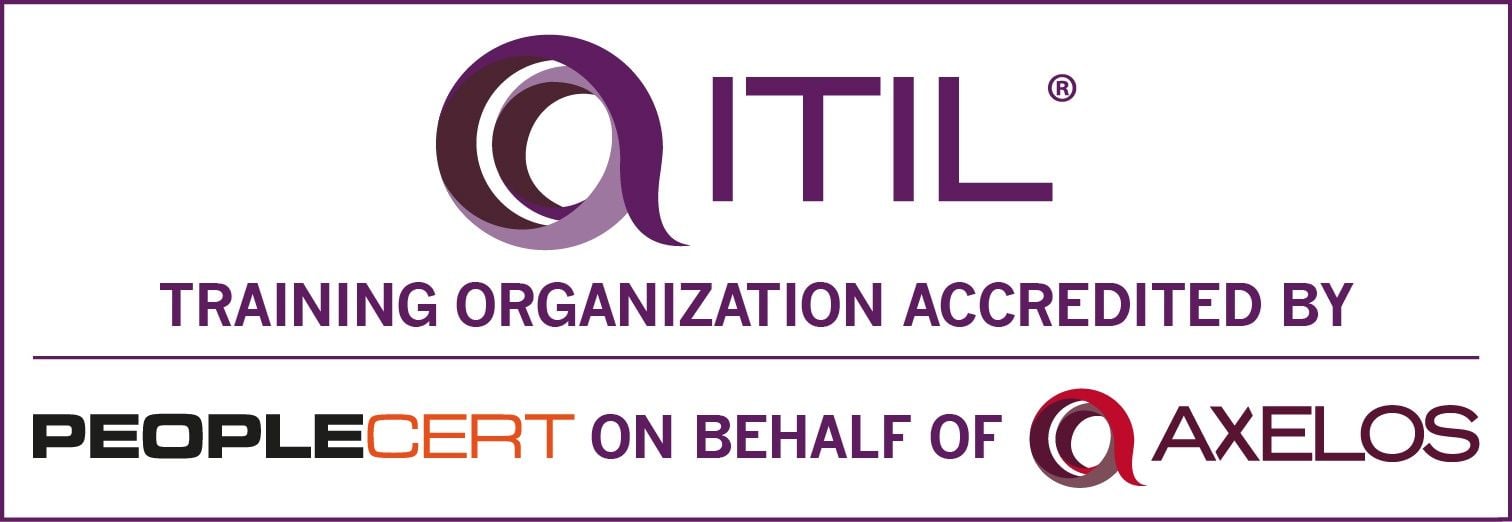Pay Attention to Customer Journeys Before Automating Support
Initiatives to integrate chatbots or voice recognition tools that do not take the customer’s experience into account may be doomed to failure. Here’s why taking the time to map out the customer journey may save a lot of headaches for automation efforts.
It seems like too many service organizations make decisions about the support we’ll receive based on cool new features or financial gain. Some years ago, it was voice recognition replacing keypad menus; today it’s expecting chatbots and portals to replace phone conversations.
But what happens when your design fails, providing an awful customer experience? imagine this real-life experience when upgrading a home internet gateway. Here were the convoluted steps in the process:
- Pick the new gateway up at the store
- Bring it home and connect it
- Attempt to change name and password for security and to be able to connect devices
- Can’t find the default password
- Read the manual, not there
- Look on the box, not there
- Search the website for information on the device - not there
- Find information about connecting to the device, but it requires the username and password
- Spend about 30 minutes looking all over the website
- Bail out and call the provider
- Listen to lengthy menus, none of which offer configuration information for a new gateway
- Automated menu system starts performing a diagnostic, then a reset
- After tests complete, it reports no trouble found and connects to an agent
- Agent tries to repeat the automated troubleshooting session
- Agent provides instruction on logging onto the device to configure it
- Agent finally provides username and password
This process took 45 minutes. While the automated reboot is great when a cable box is hung up, it’s not the only reason we call the provider. In this case, there was an issue with their predicted customer support journeys.
The problem can be solved on paper using digital design strategies that primarily blueprint the customer’s journey. This exercise is called journey-mapping, and organizations frequently start with white board versions or sticky pads detailing out the customer’s steps.
Once the journey is documented, emotions are added to it. This is the point where the provider can bring in a focus group of internal or external customers and review the new customer journeys that would be available to them with the support changes that are proposed.
The customer or employee should be the one adding emotions to the journey. They may even come up with journeys that have been left out of the analysis based on their service experience.
After journey-mapping the high-volume contact reasons, it’s important to document the out-of-band, or uncommon, issues, like the username and password issue described here.
This might seem like a simple exercise, and it is, but it’s also a necessary one. When organizations make support decisions based on cool new tools or financial aspects, that can lead to negative customer experiences and lowered customer retention. Even with internal support, it’s important to remember that your employees’ journeys in navigating the organization go a long way towards employee retention.
Having a tool like journey-mapping is important, as it enables the support organization to lay out proposed changes on paper, meet with customers for feedback, and use the results to tweak the design change or provide a cost-based reason the organization might not be ready to make the change.

)
)
)
)
)
)
)
)
)
